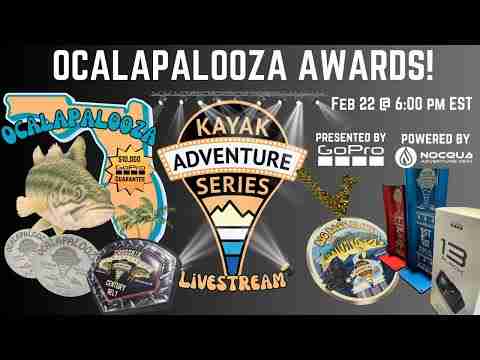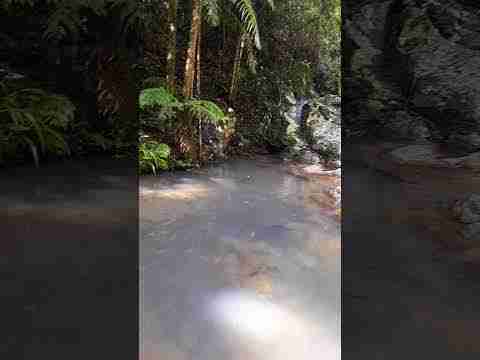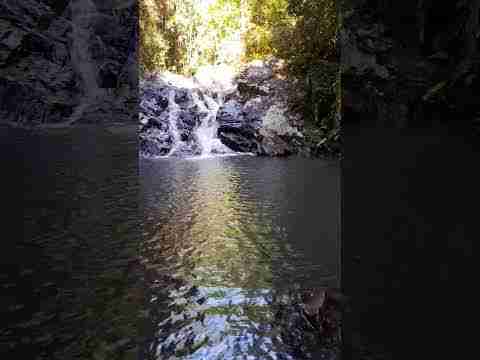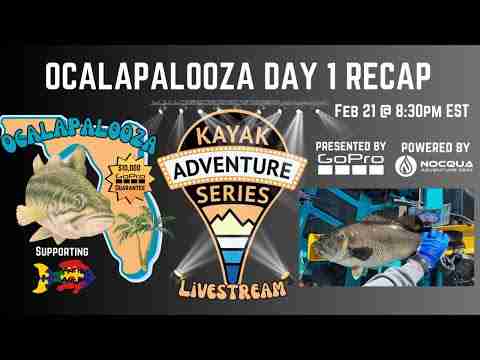[please login to make this ad block disappear]
Rio Mulatos-Aros
What's it like
I consider the 232-km Río Mulatos-Aros trip the best long-distance raft support wilderness river expedition in Mexico. Only one village is passed the entire trip as we generally take a leisurely 7-8 days going down with rafts and kayaks. The water is clean, reliable, and big (avg. 2500 cfs on the Mulatos and 8000 cfs on the Aros). There are fun class III and IV rapids almost every day and interesting side canyons/hikes, including to narrows and warm clear swimming holes. There are many fun playspots for kayakers. Overall, this trip is on par with the most sought-after multi-day expedition trips in the Western US. Below is a description of the Mulatos section from my guidebook. The Aros is another ~160 km of excellent bigger water class II-III in beautiful canyon. More info on the guidebook, the rivers in the area, and organized expeditions can be found at: www.SierraRios.org
The Río Mulatos is one of the largest tributaries of Río Aros/Yaqui, gathering its waters from the wettest part of the northern Sierra Madre Occidental in the Yaqui drainage. It is also one of the most pristine drainages, with water clearing quickly after rains as it flows through beautiful canyons and gorges. The moderate gradient creates mostly runnable rapids along the entire run. The put-in is on Río Maycoba, which after 21 km joins Río Yepachic to form Río Mulatos proper. It is on the Río Maycoba part that the one mandatory portage is found, consisting of a boulder jam sieve. Farther down, there are three stretches of tougher rapids. The Yepachi Confluence Section has many class III-IV rapids and two class V (portageable). About 13 km farther are Cascadas Mulatos, two class V rapids that you may wish to portage. The final challenging section on the river is Barranca Mulatos, a gorge section spanning 13 km with a number of challenging class IIIs and IVs.
There are a couple of options for put-ins and a few options for take-outs on this river. A shuttle completely on paved roads can be arranged if you float all of Río Maycoba-Mulatos and the remainder of Río Aros after the confluence (another 177 km; for a total trip of 269 km), taking out at Puente Sahuaripa. For such a trip, you will probably want at least 6 days. A second option involves taking out only 14 km down on Río Aros at Nátora, but involves a long shuttle on dirt roads and is probably not worth the effort. A third option is to float only the initial 44 km to the town of Mulatos, with a fairly short shuttle (by distance). In this case, you’ll miss the lower Barranca Mulatos, which is the highlight of the river.
Rafters can consider a put-in on Río Mulatos at the town of Mulatos and continue all the way down Río Aros to Sahuaripa. The lower 58 km of Río Mulatos offers class III-IV rapids and usually plenty of water for rafts. This added to the 177 km of Río Aros makes a class III-IV journey of 235 km, about the same distance as starting at El Cable on Río Sirupa. There are some advantages of a Mulatos put-in: it adds on a very nice section of river with some challenging class IV rapids and different scenery, and it involves a short shuttle – about as short as a put-in at Nátora.
*Note The difficulty rating flows are relative to the hydrograph. Hydrograph based on drainage area, precipitation averages, and the curves from Río Mayo/Yaqui.
Descents: Rocky Contos, August 7-12, 2002, Puente Maycoba to Sahuaripa.
How to get there
Put-in: The put-in is located by the Highway 16 bridge across Río Maycoba, located about 25 km east of Yécora. There is a spot you can park, pack, and launch just upstream of the bridge on RR.
Mulatos access: You can get to the mining town of Mulatos from Yécora or Arivechi (16 km south of Sahuaripa). From Yécora, follow a dirt road passing La Cueva (10 km), La Iglesia (~30 km), and Agua Buena (~45 km) before arriving at a junction where you turn east (~55 km). Mulatos is ~35 km after the turn. From Arivechi, drive east across the Río Sahuaripa bridge and follow the dirt road ~44 km to that same junction where you turn left (east). (This is ~6 km past Tarachi). The road from here leads down to Mulatos in ~35 km. From Mulatos, you can get to the river at various points, but perhaps the nicest is to pass the mine and go directly east to the river (arriving at river km 43.5).
Take-out: There is no easy access to the Mulatos-Aros confluence, so you’ll have to go down Río Aros. The easiest take-out is at Puente Sahuaripa just north of Sahuaripa. It is entirely paved and takes about 5 hours to get there from Puente Maycoba. To take-out at Nátora, follow directions in the Río Aros chapter.
Forums
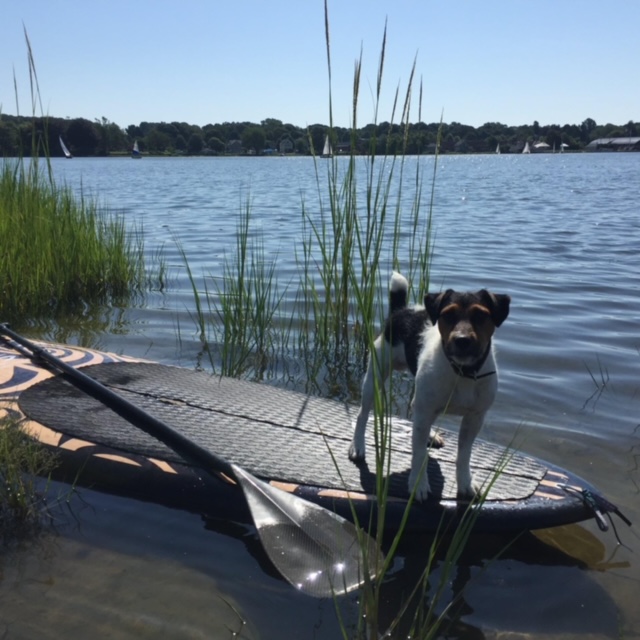
- Add rocker on a Sup » Hello there... (River SUP)
- 11' hard for river » Thanks, But is'nt for the same river... (River SUP)
- sup master instructor course from the Italian Federation for Amateur Paddling: October2016-June2017 » You should check out the ACA SUP program, as it sounds kinda similar...
- Waterblading - Send your Pics » bounce...
- Show us your SUP fish pics! » Extra Wide SUP for Fishing WideSUPfor2-2-3... (SUP Fishing)
- Michael Dolsey SUPs Has Just Opened a Southern California Distribution Center » NEWS FLASH Michael Dolsey Stand Up Paddleboards has just opened a southern California Distribution Center servicing the entire West Coast market...
Login to post here



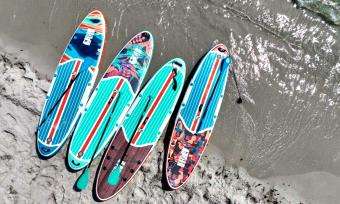









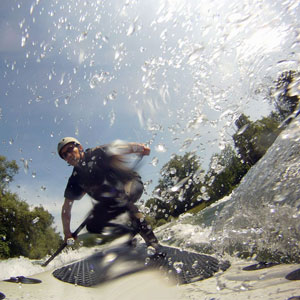 Get for free:
Get for free: